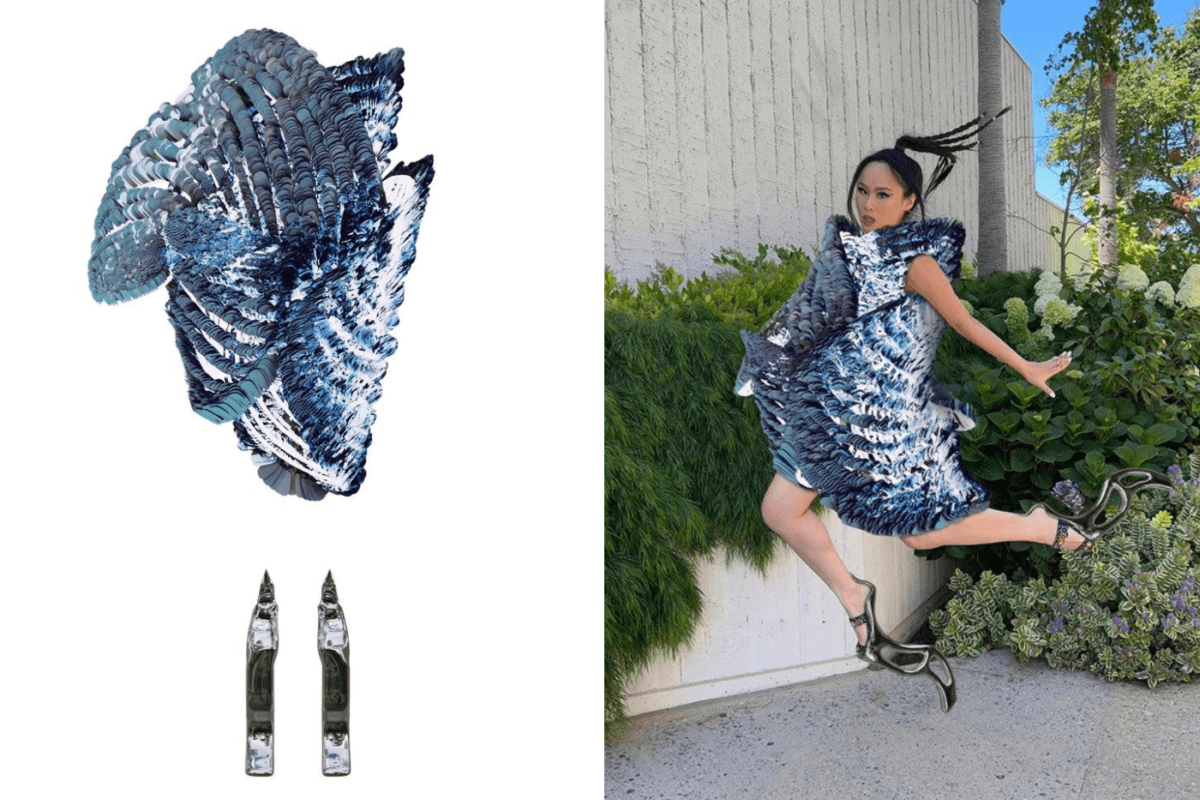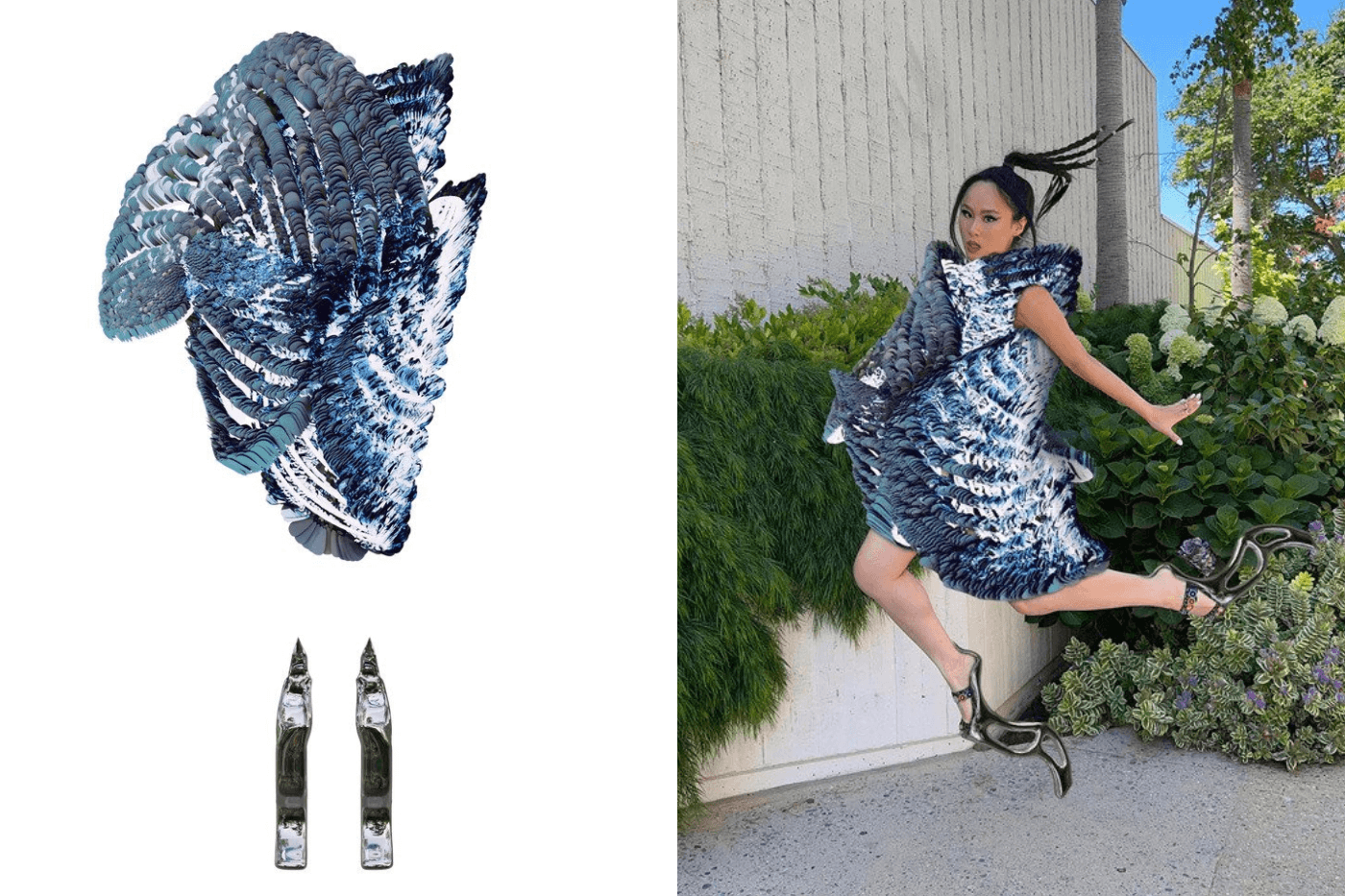Making High-End Digital Fashion a More Accessible Reality

Digital fashion is making waves online and in the real world. Using augmented and virtual reality technologies, customers can “wear” digital clothing and accessories like they would their traditional, tangible counterparts.
However, unlike their more traditional counterparts, these digital outfits break the rules and confines of the real world, enabling people to have more ways to express themselves and break boundaries. A Business of Fashion report highlights the steady shift from traditional to more novel, digital platforms, with 50% of US consumers showing interest in acquiring digital assets, be they NFTs, in-game items, digital avatars, or digital fashion.
The Rise of Digital Fashion
The pandemic has propelled the transition to digital. While consumers are already trying out digital skins, other in-game accessories, and social media filters, consumers’ expectations and behaviors are constantly changing. Digital fashion offers a way for consumers to use digital wearables for their avatars or to have these digital wearables superimposed over their real-life photos.
Digital fashion aims to address the issues commonly associated with today’s fashion industry, such as sustainability, production and supply chains, inclusivity, accessibility, production costs, and the physical limitations of the real world.
It greatly reduces waste generated during the design and production process. Furthermore, digital fashion is more inclusive with many pieces being classified as genderless and sizeless.
Digital Fashion Platforms for AR and VR
The pandemic has spurred relatively novel ways for consumers to experience and know more about retail products. Augmented reality applications, for example, have enabled shoppers to virtually try on garments, makeup, and accessories using their smartphones.
In fashion, AR and VR technologies have made fashion shows possible even during the height of the pandemic. Indie brands and startups are not the only ones embracing AR and VR in fashion. Established designer brands like Louis Vuitton have delved into AR technology, launching AR products or trying to establish their presence in the metaverse.
Burberry also released its own AR app, which allowed users to customize select Burberry items using design elements from its In Bloom collection.
As the world shifts increasingly toward the digital, new concepts and developments, such as NFTs and the metaverse, are fast becoming a part of daily conversations. Web3 fashion labels and platforms are emerging, which leverage modern technology to create custom, never-before-seen garments.
With these platforms, customers can purchase a digital piece and “wear” it virtually. This usually entails the customer sending their photo to the fashion label, so the latter can digitally alter the garment so that it fits the wearer’s size and shape perfectly.
One of the pioneers of digital fashion is DressX, a “multi-brand retailer” that focuses on selling digital fashion pieces, becoming a more sustainable counterpart to physical fashion.

Another platform, The Fabricant, lets users create or customize their own fashion NFTs that they can use in the metaverse. Founded in 2018, The Fabricant is the first digital-only fashion house in the world and has since collaborated with World of Women and RTFKT to create digital garments.
Bringing Digital Fashion to the Forefront
Tribute Brand, a female-founded digital fashion house based in Croatia, has raised $4.5 million during its seed funding round, backed by an impressive list of VCs, DAOs, and angel investors in the Web3, crypto, and NFT industries. The seed funding round was led by prominent early-stage consumer VC fund Collab+Currency, along with other investors, including Alice Lloyd George, Flamingo DAO, Neon DAO, and Kanosei Ventures.
With this funding, Tribute Brand aims to build proprietary tools and an interoperable platform, allowing it to utilize its digital assets and deliver more bespoke experiences for users. The platform and tools are slated to launch later this year, alongside a new collection drop.
The contactless and cyber fashion brand already has several collaborations with fashion heavyweights under its belt. It has worked with Jean Paul Gaultier, collaborating on sheer jumpsuits worn by drag icon Symone and South Korean musician CL, and Carolina Herrera for a digital version of a gown from its Spring 2022 collection.
Ultimately, Tribute Brand wants to do away with the “digital” in digital fashion and instead have digital fashion be recognized for what it is, which is fashion within the context of a new digital dimension.
Rethinking “Digital” in Digital Fashion
Digital fashion makes it possible for people to experiment with clothing and accessories, without having to worry about limits that exist in the real, physical world. It allows them to virtually try out out-of-this-world designs and materials that wouldn’t otherwise be possible in the real world, like floating gowns or clothes with animated patterns.
Digital fashion platforms are reinventing the way we approach fashion. More than just being an avenue for creativity and self-expression, these platforms can encourage consumers to choose more sustainable options that also make fashion more accessible and inclusive.
This article was originally published on arpost.co